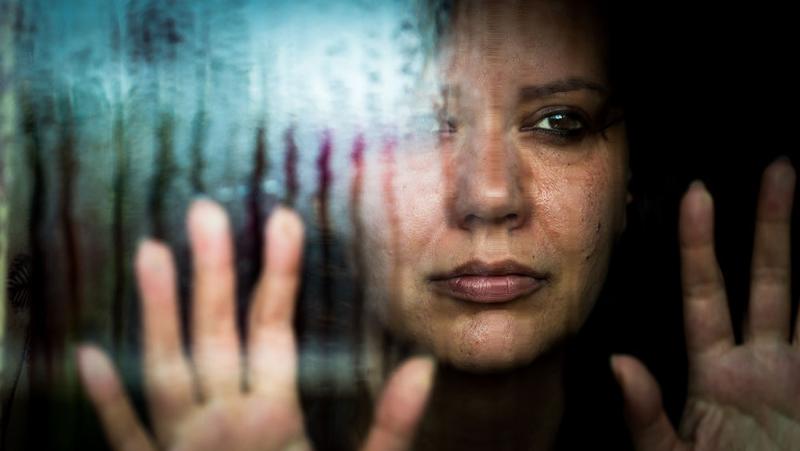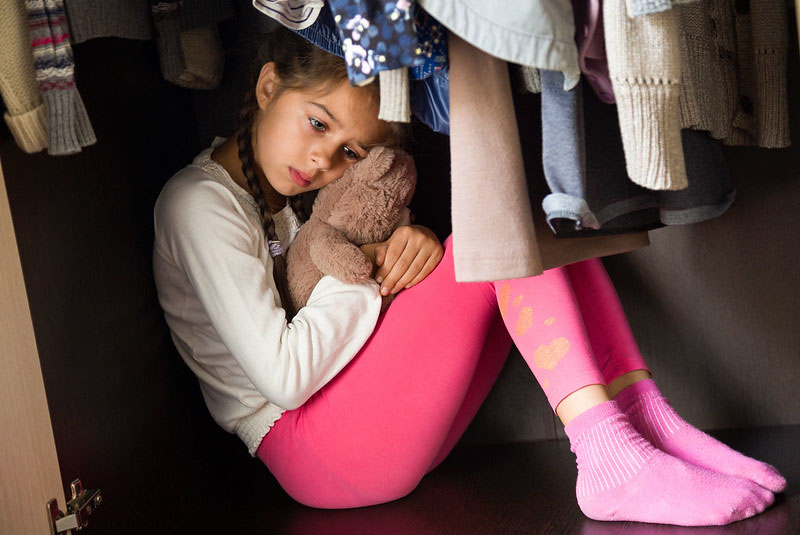
Family violence perpetrators have weaponised the COVID -19 pandemic to increase control and coercion of their victims, results of a survey of 362 domestic violence workforce by QUT School of Justice researchers.reported in a submission to the Australian Government inquiry.
- New ways to control and coerce victims emerged during COVID restrictions
- Among new ways: threats to infect the victim or children with COVID-19
- Increased reports of strangulation
- Many victims seeking help for the first time
- Support services overwhelmed
Chillingly, some service providers reported an increase in strangulation as well as controlling and coercive behaviours part of reports of increased severity and intensity of violence, said Professor Kerry Carrington from QUT School of Justice who led the study.
Professor Carrington spoke at the Public Hearing for Inquiry into Family, Domestic and Sexual Violence on the survey's findings and also on her extensive research on Family and Women's Police Stations in South America, which have significantly cut rates of femicide (killing by an intimate partner).
"The pandemic has created greater hardship and isolation, particularly financial and housing insecurity, linked to job loss, which has correlated with increased stress levels and increased domestic and family violence," Professor Carrington said.
"Social distancing and travel restrictions caused families to be locked down together, raising stress levels associated with increased incidence and new forms of family violence to emerge.
"One respondent noted: 'an increase in severity of abuse, many more incidents of physical violence and extreme behaviours.'
"Being locked down with their abuser meant: 'Clients were stuck at home with the other party and that made it more difficult for them to seek help and for us to provide it in a safe way because clients had not space in which to make or receive private calls or correspondence'."

Professor Carrington said 67 per cent of the domestic and family violence service providers who responded reported new clients seeking their help for the first time during the COVID-19 crisis.
Respondents included social workers, legal advocates, healthcare workers and police.
"Of the 314 service providers who reported on controlling behaviours, 87 per cent reported increased isolation as the most common followed by increased sense of vulnerability.
"Almost half the providers reported an increased fear of monitoring by the abuser and enhanced surveillance, while 38 percent reported an increased use of technology to intimidate.
"Financial control and access to children were also reported as controlling behaviour."
Respondent reported abusers had used COVID-19 to increase control over and coercion of victims through threats to their safety and their children using social media, technology and through custody arrangements.
"Respondents said abusers had found new ways to inflict more severe emotion and psychological abuse on their victim, including:
"Going out and not telling her where he has been threatening to infect her. If he has contact with, threatens to infect them. Tells her she can't leave due to restrictions."
"Where victims live with perpetrators, perpetrators have monitored victims more closely, including victim's communication with others. Some perpetrators have demanded that victims bathe more and have monitored this. One victim stated that she couldn't take a shower without her abuser watching and monitoring her."
"Weaponising illness, eg (abuser) skipping behaviour change (program)."
"Using children to psychologically abuse partners more. Refusing handovers etc and applying extra expectations and duties on mums with home schooling and solving problems."
"Increased entrapment, increased reports of strangulation, increased monitoring and isolation, using COVID to rationalise isolation."
"Standover tactics to give over additional government benefits that have been paid to them."

Professor Carrington said the respondents reported many formal support services were reduced or unavailable to victims and survivors of domestic abuse.
"They noted restricted access to housing and accommodation, material aid services, police, Family Law courts, drug and alcohol programs and men's behaviour change programs," she said.
"With many services closed, those that remained "open, albeit in a limited capacity, were placed under immense pressure."
Almost one third of respondents spoke about the need to have more trained frontline staff to work during a future pandemic.
"This reflected the changing nature of the work under COVID-19, plus the increased need for domestic violence services.
"Service providers identified areas that needed better planning and resources for surges in COVID or future pandemics including:
- worker and client safety
- organisations have a planned response to a pandemic
- supply of locum crisis staff to support the increased workload in domestic violence services.
- continuity of services during pandemics when transitioning to online delivery.
- personal protective equipment (PPE)
- clarity of government funding
- well-funded social housing to protect victims/survivors from having to be locked down with their abusers."
The report, Impact of COVID-19 Pandemic on Domestic and Family Violence, Australia, is published on the QUT Centre for Justice.






